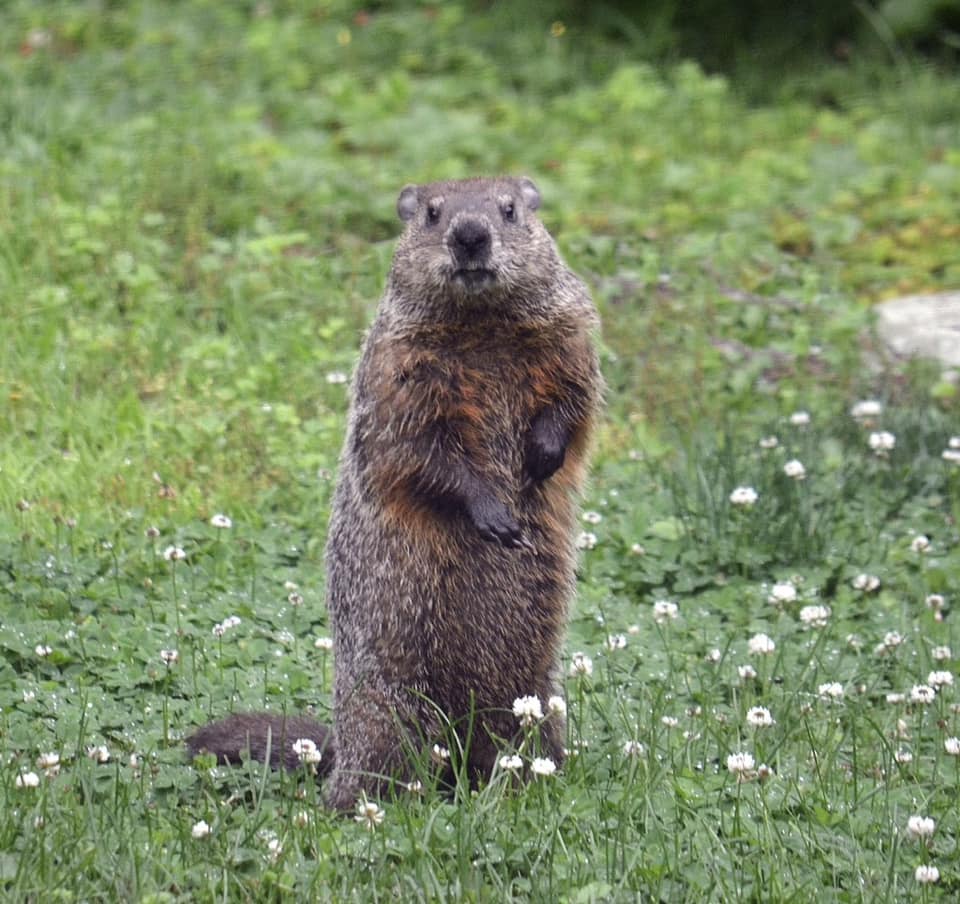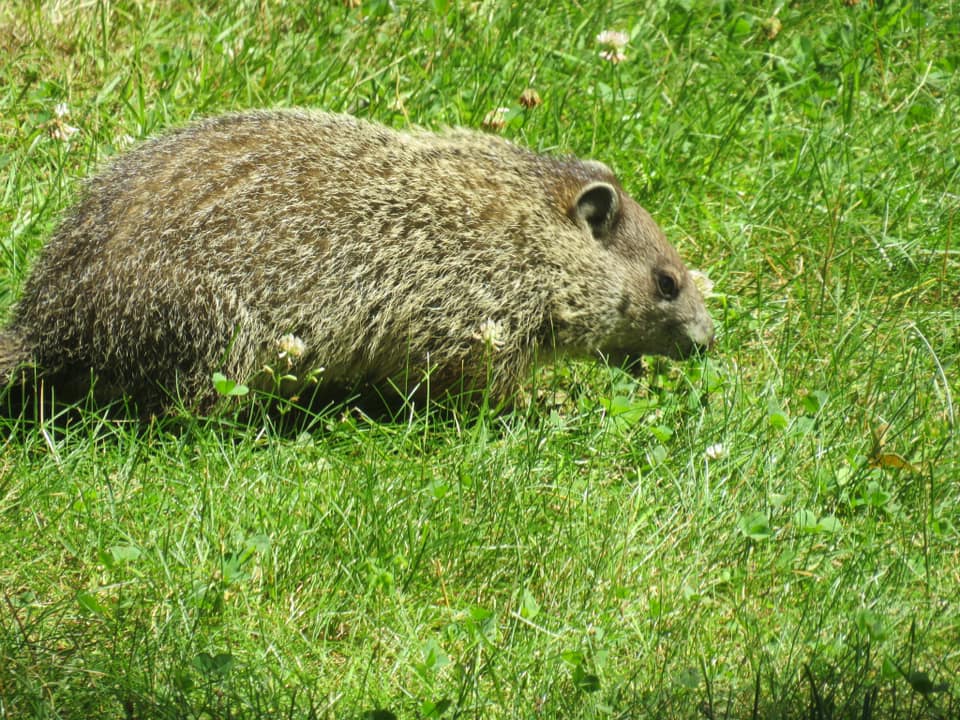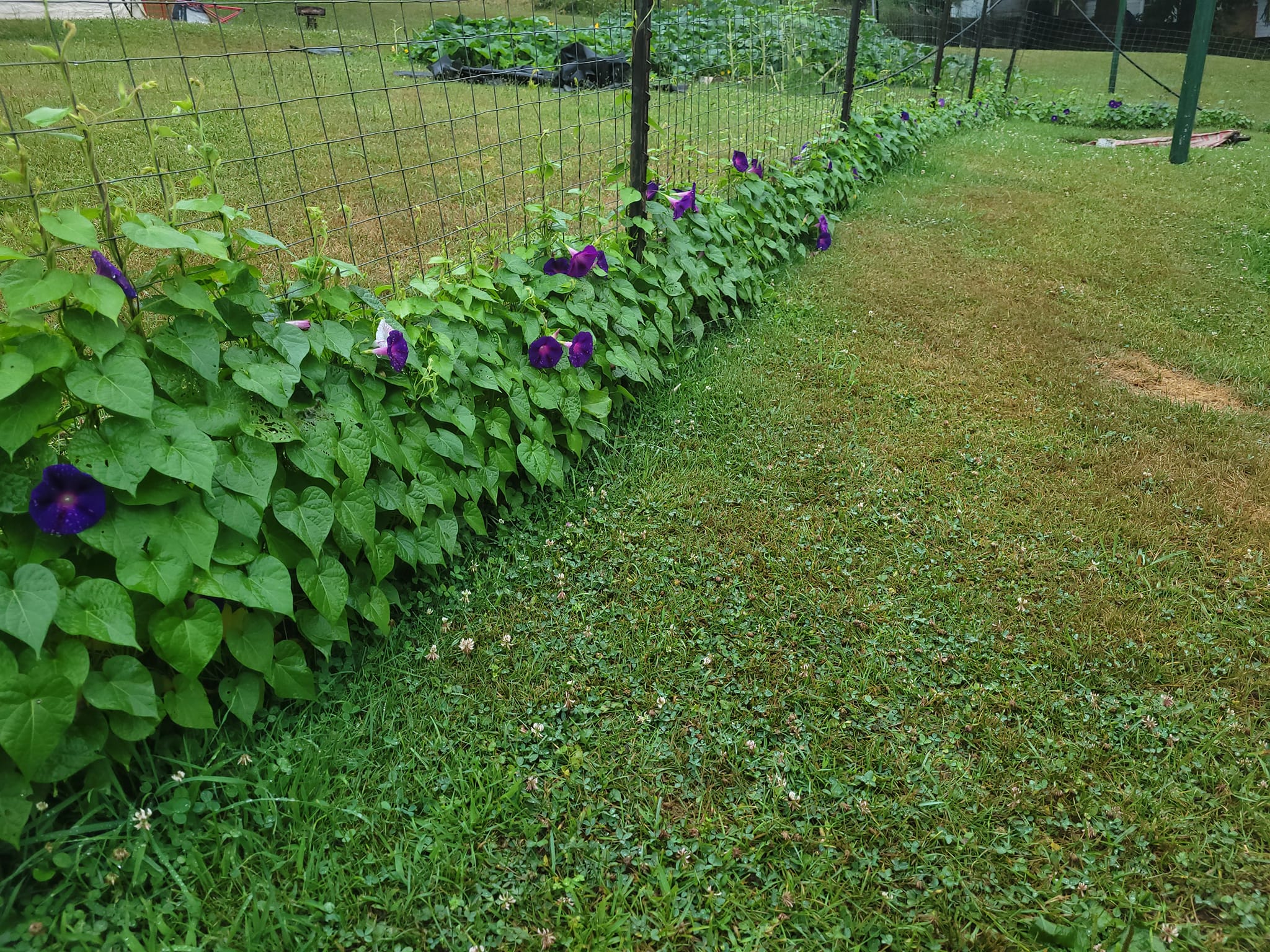Are groundhogs wreaking havoc in your garden or yard, causing sleepless nights? They may be adorable, but sharing your home with a family of these persistent critters can feel like hosting an underground invasion.
Considering the damage groundhogs can cause to a garden or yard you worked so hard to create, you don’t want these rodents anywhere near your home.
However, you can employ strategic approaches that balance humane removal methods with protective measures to get rid of them should they find their way into your property. Learn how to reclaim your garden or yard from the groundhog brigade below.
What Are Groundhogs?
Groundhogs, also known as woodchucks, are sturdy, stout rodents from the marmot family. These creatures are commonly found in North America, primarily in areas with open fields, pastures, woodlands, and even suburban or urban areas with suitable habitats.
Known for their robust bodies, groundhogs have short, powerful legs and sharp claws ideal for digging. They sport a dense fur coat, usually brownish-gray, which helps them endure various weather conditions.
Woodchucks are famous for their behavior of burrowing into the ground. They create detailed tunnel systems with multiple chambers and entrances. They’re primarily herbivores, munching on vegetation such as grasses, clover, fruits, and garden crops.
Are you familiar with Groundhog Day? This fairly famous and culturally significant day is celebrated annually in North America on February 2nd.
As per tradition, should a groundhog come out of its burrow and spot its shadow, it hints at six additional weeks of winter ahead.
On the other hand, if it doesn’t catch sight of its shadow, an early spring is anticipated.
Read More:
- How To Get Rid Of Raccoons In Your Yard
- Home remedies to get rid of chipmunks
- How to Get Rid of Gophers in Your Yard
Why You Need To Get Rid Of Groundhogs
Have you ever seen a groundhog? They are absolutely adorable owing to their round bodies, small ears, chubby cheeks, curious nature, and occasional antics.
What’s there not to like about these charming rodents? There’s one thing: they can be quite destructive: they do not belong in your garden and yard.
Here are the many reasons to get rid of them.
1. Garden Destruction
Within a short time, groundhogs can turn your meticulously tended garden into their buffet, indulging in a plant-based feast that often leaves devastation in their wake.
The appetite of these voracious herbivores can lead to substantial damage to crops and ornamental plants, affecting your landscape’s aesthetic appeal and your homegrown produce.
They have an appetite for various garden delights, including:
a) Vegetable Vandals
Groundhogs will happily munch on tender shoots and leaves of vegetables like peas, beans, lettuce, and carrots, leaving behind half-eaten or completely ravaged plants.
b) Fruit Fanatics
Do you have fruits like strawberries, melons, and berries in your garden? This will make your home a magnet for groundhogs. They go after the ripe fruits and nibble on plants and foliage.
c) Flower Feasting
Beautiful blooms and flowering plants aren’t immune to their appetites either. Groundhogs snack on flowers such as pansies, petunias, and marigolds, disrupting the visual appeal of your garden.
2. Tunneling
Groundhogs are champion excavators capable of sculpting intricate tunnel networks that serve various purposes. First, these elaborate burrows provide shelter from predators, extreme weather, and a cozy spot to hibernate during winter.
These tunnels also act as highways to their favorite feeding grounds- your garden. Groundhogs use these passageways to travel back and forth, making it easier to raid plants and crops.
Groundhog burrows feature multiple levels and entrances. In fact, some tunnels extend up to several feet deep and are around 40 feet long, complete with separate areas for nesting and waste disposal.
Sounds impressive, right? While groundhog burrows are architecturally remarkable, they can pose a danger to your home. They can weaken the ground, causing structural issues. This can be hazardous for structures like sheds, decks, and even the foundation of your home.
3. Safety Concerns
Groundhog burrows often create hidden hazards in lawns and fields. For example, you could trip and injure yourself in their tunnels, especially those concealed by grass or foliage.
4. Propagation of Other Pests
Abandoned groundhog burrows provide ready-made shelters for creatures seeking refuge, including skunks, rabbits, mice, and snakes. These opportunistic animals may move in, making your yard a multi-species habitat.
As these new inhabitants establish themselves, they might cause issues. For instance, skunks can dig up lawns in search of grubs, mice can gnaw on structures, and snakes might startle or worry homeowners.
Read More: How to get rid of ground squirrels naturally
How To Get Rid Of Groundhogs In Yard And Garden
It is clear that your garden and yard are better off without groundhogs residing there. So, how can you drive these annoying rodents away and regain control of your property?
1) Fencing
Exclusion is the best and most effective method of groundhog elimination. Pick sturdy materials such as chicken wire, hardware cloth, or welded wire mesh, and make sure your fence is at least 3 to 4 feet tall to prevent groundhogs from climbing over it.
Bury the bottom edge of the fence at least 1 to 2 feet underground to keep groundhogs from burrowing under the fence.
2) Encourage Natural Predators
Attract groundhogs’ natural predators, like owls, hawks, and falcons, to your home to help deter them. But how? Provide perches, nesting boxes, or suitable habitat in your yard. Apart from wild predators, pets, such as dogs and cats, can chase and deter groundhogs.
3) Use Predator Urine
Groundhogs have several predators they are wary of, so mimic their presence by applying predator urine on your property to drive away these rodents. Buy predator urine (such as fox or coyote urine) from a garden supply or outdoor store, ensuring it’s safe for use around your garden and yard and meant for deterring groundhogs.
Pour or spray the predator urine around the entrances to the tunnels and in areas where groundhogs frequent. Reapply as necessary, particularly after rainfall or when the scent fades.
Note
Cat litter can also come in handy in your fight against groundhogs. The ammonia in cat urine can mimic the scent of predators, deterring them.
4) Plant Repellents
Strategically plant vegetation groundhogs don’t like their smell or taste around the perimeter of your garden or near their burrows to discourage them from staying. Excellent choices are:
- Daffodils: These flowers contain toxic alkaloids that groundhogs generally avoid.
- Geraniums: Geraniums’ strong scent can deter groundhogs.
- Lavender: Groundhogs are not fond of the strong aroma of lavender plants.
- Fritillaries: These flowering plants have a strong odor that groundhogs tend to avoid.
- Mint: Mint plants’ intense scent can repel groundhogs.
- Marigolds: These flowers have a strong odor that might deter groundhogs.
- Echinacea (Coneflowers): The taste and possibly the scent of coneflowers can discourage groundhogs.
5) Trap And Relocate
Solve your groundhog problem by trapping and moving these rodents to a different location. Catch them with a live trap specifically designed for them. These traps typically have one or two entrances and are large enough to contain the animal without harming it.
Place the trap where groundhogs frequent, like near their burrows or where they feed. Use fresh vegetables or fruits like cantaloupe, lettuce, or carrots as bait.
Check the trap frequently, preferably every few hours, so you do not leave a captured groundhog in the trap for too long. Once you’ve caught a groundhog, transport the trap to a suitable relocation area far from your property.
After that, gently release the groundhog in a suitable environment, ensuring it’s legal and humane to do so in your area.
Note
Check your local regulations and guidelines before attempting to trap and relocate groundhogs. This is because some areas have specific rules regarding trapping and relocating wildlife.
6) Try Commercial Repellents
You can also opt for commercial repellents specifically formulated to deter groundhogs. You will find them in spray, granule, or liquid form. Spray or sprinkle the repellent around your garden’s perimeter.
7) Eliminate Food Sources
An abundance of food sources is the primary reason you have a groundhog problem. So, eliminating what they like to eat will make your garden or yard less appealing to them.
Harvest your vegetables and fruits as soon as they are ready, and if you find fallen or overripe ones on the ground, promptly remove them.
Also, tightly seal garbage cans and compost bins and avoid leaving pet food dishes outside, especially overnight.
Moreover, remove clutter, piles of wood, and other debris that might provide shelter or hiding spots for groundhogs or their prey.
Furthermore, protect vulnerable plants with netting or covers.
8) Use Sprinklers
Groundhogs are averse to sudden noises and disturbances. They also don’t like getting wet. Therefore, set up motion-activated sprinklers in your garden or yard, especially in areas where these rodents are active.
9) Seal Off Groundhog Burrows
Render the groundhogs in your garden or yard homeless by sealing the burrow entrances with rocks and dirt. You can also cover them with wire mesh, hardware cloth, or heavy-gauge galvanized screening material.
Conclusion
To successfully deal with groundhogs in your yard or garden, employ a combination of humane removal methods, preventive measures, and an understanding of their behavior. Also, remember that woodchucks are persistent, and some methods may require reapplication.

Hey there, I’m Derek Schew, a writer for Lawnholic.com, where we cover everything and anything related to lawns. As someone who’s spent countless hours tending to my own lawn, I’m passionate about sharing my knowledge and helping others achieve the perfect yard. From lawn care tips to product reviews, I’m committed to providing our readers with the most accurate and up-to-date information available. So whether you’re a seasoned lawn enthusiast or just getting started, I invite you to join our community and discover the joys of a lush, green lawn.




